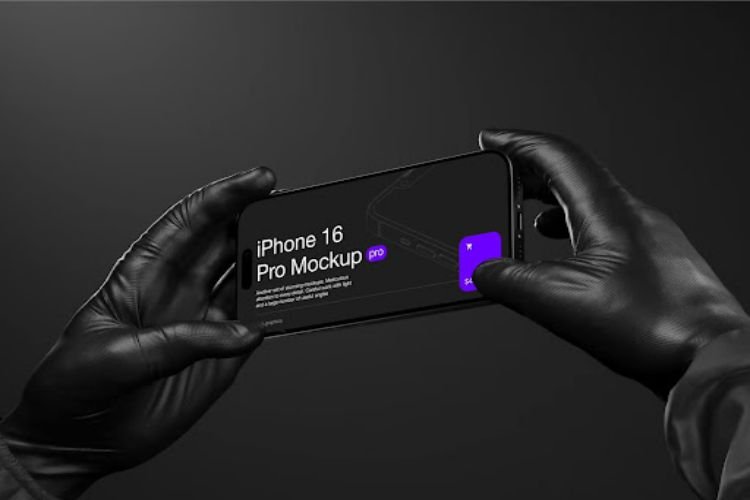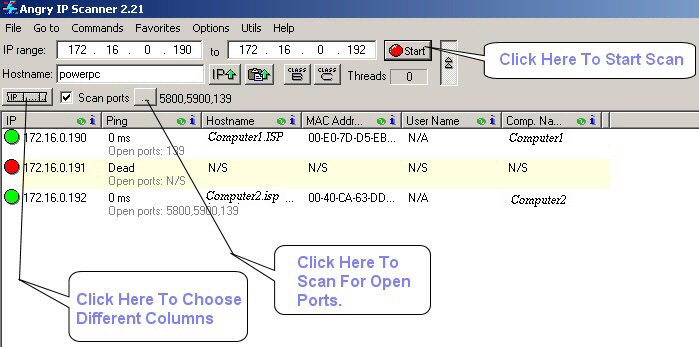 Why Emotion Matters in App Prototyping
Why Emotion Matters in App Prototyping
Designing an app is never just about functionality. Users connect with digital products on an emotional level, forming impressions long before they ever interact deeply with features. A clean interface can inspire trust, while a cluttered one may instantly frustrate. To maximize engagement, designers must go beyond wireframes and clickable flows. They need to frame prototypes in ways that highlight emotional resonance—showing not just what an app does, but how it feels.
This is where presentation tools like an iPhone mockup play a transformative role. By embedding prototypes into a realistic device frame, designers make abstract screens feel like tangible experiences. The difference is dramatic: users can imagine the app in their own hands, rather than floating on a detached canvas.
The Power of Context in App Presentation
A standalone screenshot rarely captures the full story. Imagine presenting a finance app prototype as a flat image. It communicates the interface but lacks life. Now place that same screen inside an iPhone mockup resting on a desk beside a laptop. Suddenly, it’s not just pixels—it’s part of someone’s daily routine. This context invites viewers to envision themselves using the app, making decisions, and building habits with it.
Real-world framing isn’t just about aesthetics. It’s a psychological cue that triggers relatability. When stakeholders or test users see an app in context, they understand its potential faster and more deeply. That understanding fuels stronger emotional connections.
Practical Examples of Using iPhone Mockups
To see how this plays out, let’s explore scenarios where iPhone mockups elevate prototypes:
- Health and Fitness App: Instead of showing workout screens in isolation, present them on an iPhone mockup placed in a gym setting. Viewers can instantly picture themselves tracking reps mid-workout.
- E-commerce Platform: Position your shopping cart prototype within a lifestyle mockup featuring a cozy home environment. This makes the experience feel personal and inviting rather than transactional.
- Finance Dashboard: Embed data-heavy screens in a professional mockup alongside notebooks and coffee. The presentation reframes complexity into an approachable daily use.
These examples show that the right frame doesn’t just display—it narrates. Each mockup tells a story that shapes how the app will be perceived emotionally.
Why ls.graphics Stands Out
When it comes to sourcing device mockups, quality and usability make all the difference. On ls.graphics, designers can find high-quality iPhone mockups that are polished, versatile, and incredibly easy to customize. Their collection enables rapid experimentation without the hassle of building assets from scratch.
Key advantages include:
- Wide variety of iPhone models and settings.
- Smart-object layers for seamless screen replacement.
- Photorealistic lighting and perspectives.
This means even early-stage prototypes can be framed with the polish of a final product demo, boosting stakeholder confidence and user appeal.
Emotional Framing as a Design Strategy
In the competitive app market, emotional impact often determines whether a prototype excites investors, motivates a team, or wins over test users. By using device mockups strategically, designers don’t just showcase features—they communicate vision.
Framing an app inside an iPhone mockup aligns the prototype with real-world expectations. It reduces the cognitive leap between concept and reality. Instead of asking viewers to imagine the app in use, the mockup delivers that image directly, saving mental effort and heightening emotional clarity.
Moving Beyond Flat Prototypes
Flat screens may suffice for technical feedback, but emotional framing demands more. By pairing your app with professional iPhone mockups—such as those from ls.graphics—you bridge the gap between digital idea and human experience. This small step has an outsized impact, transforming a static prototype into a story of how life could feel with the app in hand.
Ultimately, design success isn’t just measured in usability tests or analytics. It’s also measured in the spark of recognition when someone looks at a prototype and thinks, Yes, I want this in my life. That spark comes from more than code—it comes from framing, storytelling, and emotional resonance.









